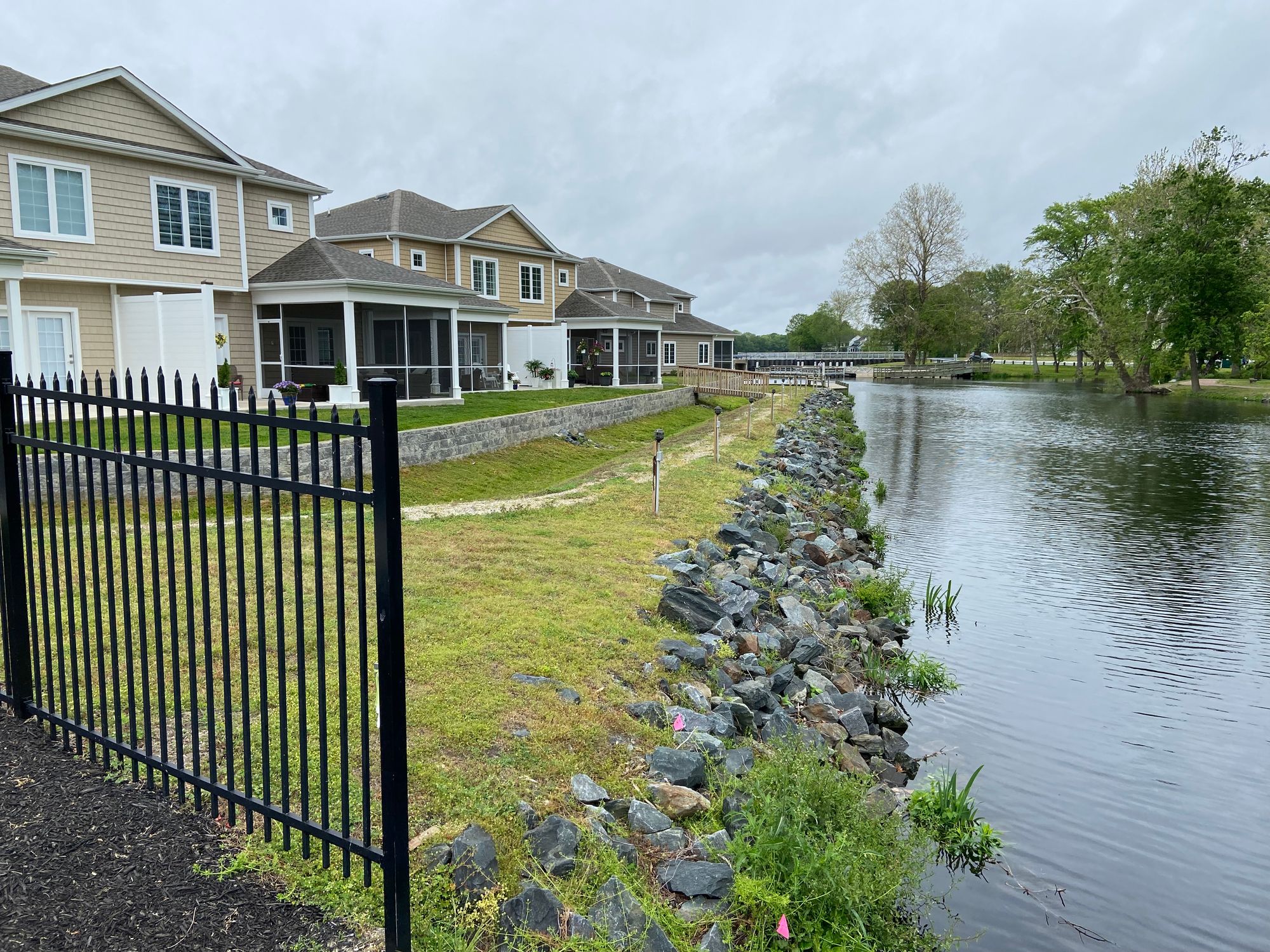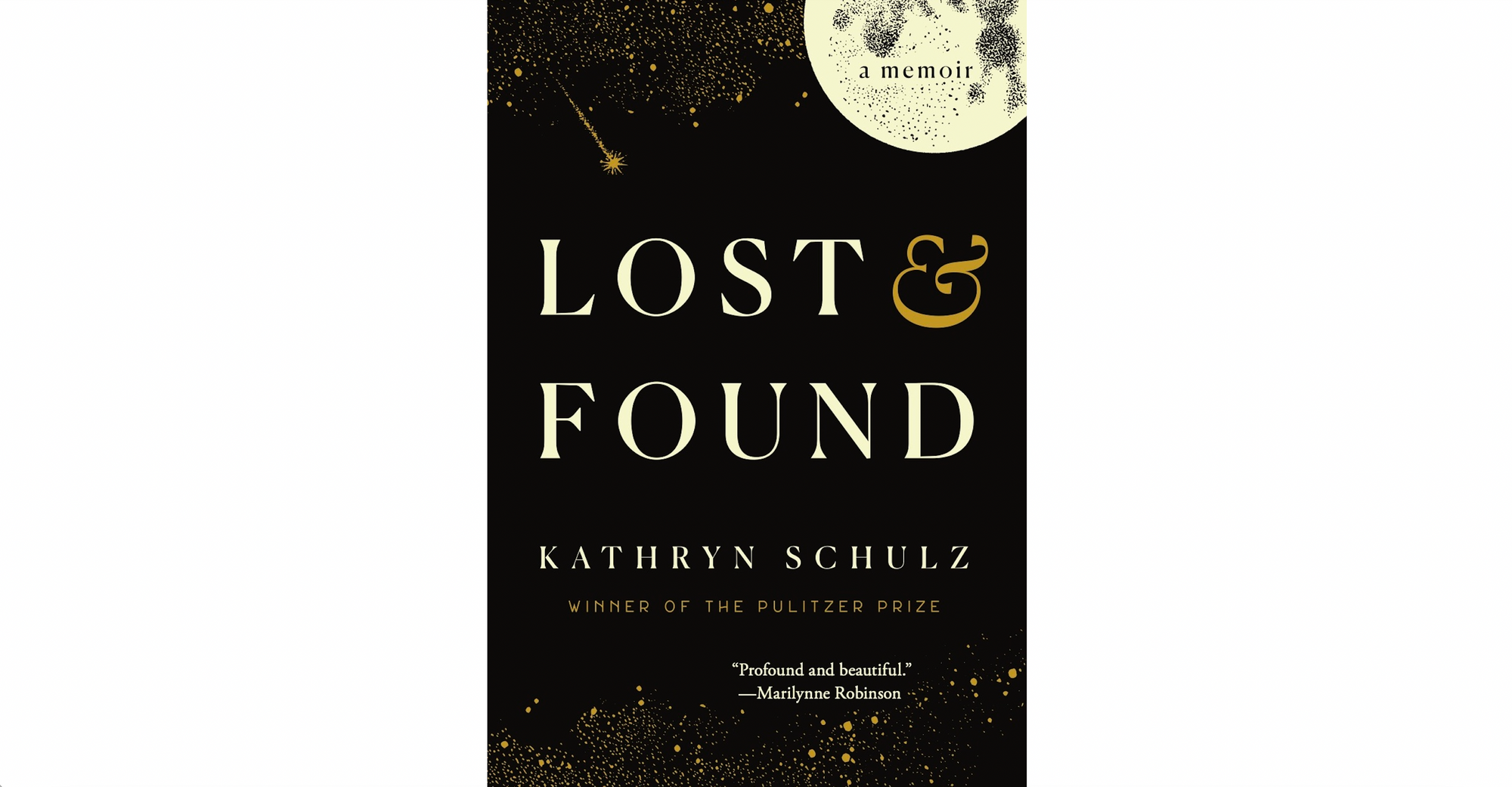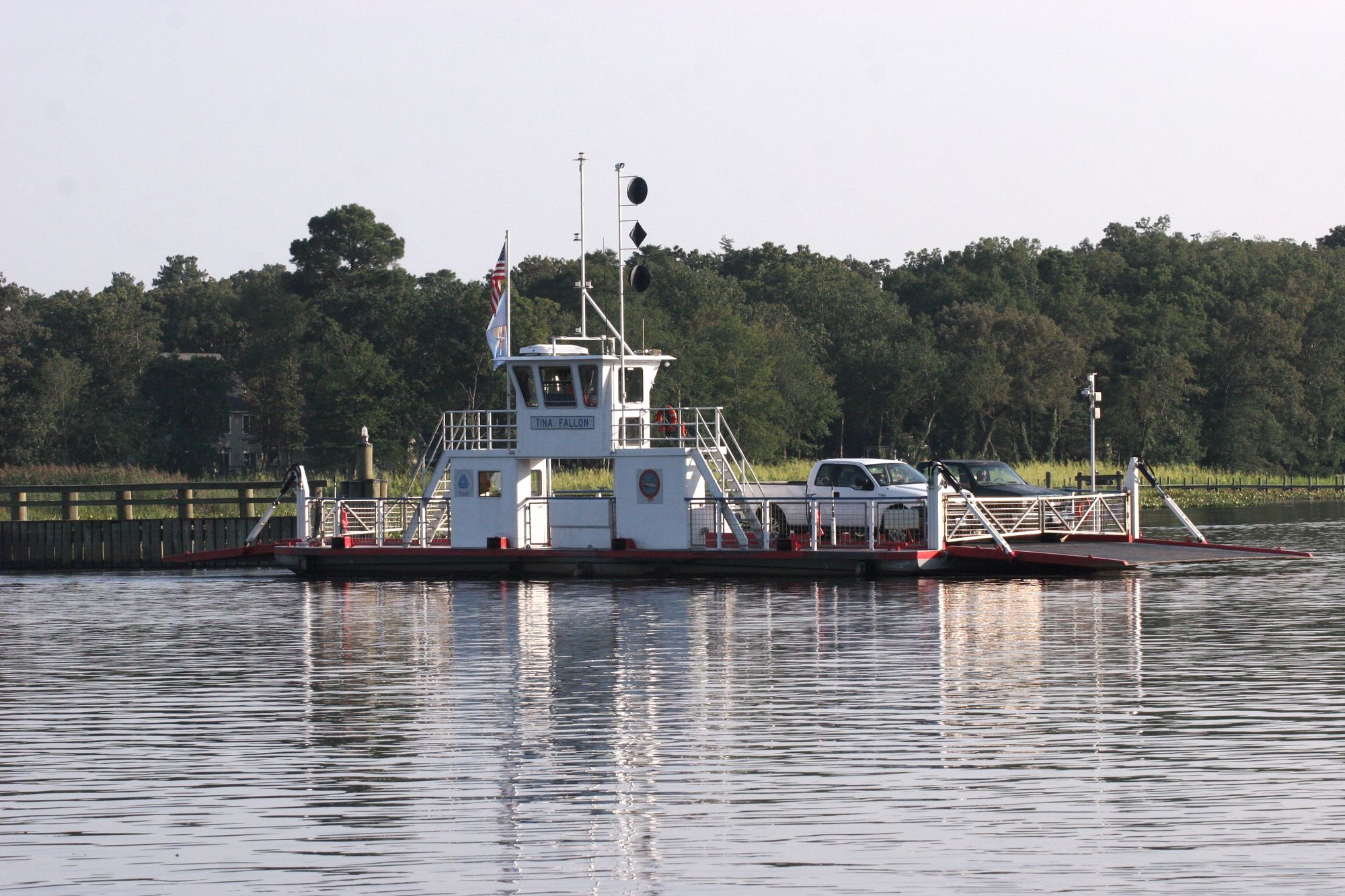Delaware oysters: Why so much effort is going into their restoration
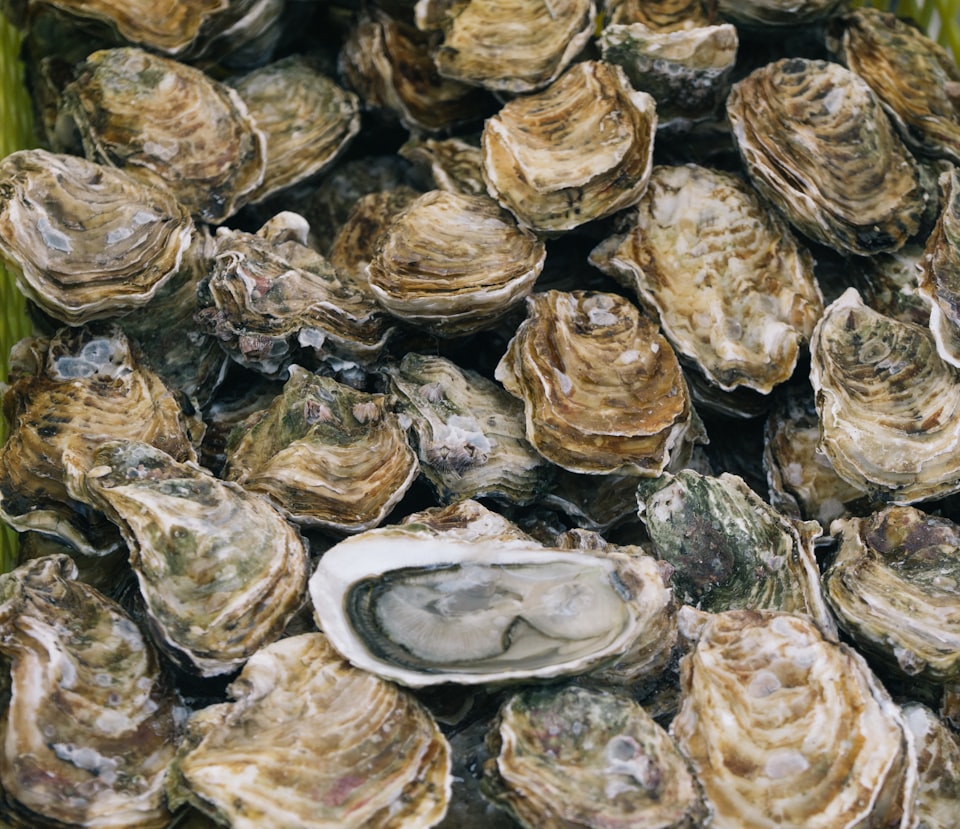
When it comes to saving animals, humans like cuddly, adorable ones, preferably furry with big eyes.
Oysters, on the other hand, have two basic looks: In the shell, where they look like a rock’s ugly cousin, and out of the shell on a plate, where they look like something hacked up after a long night battling a head cold.
But despite their looks, oysters have still managed to land vocal supporters: Partly because they are delicious, and partly because they quietly do critical work for other life in coastal waters, including humans. That’s why big efforts are underway to restore the collapsed oyster population in Delaware waters.
In one part of this effort, the University of Delaware’s Sea Grant program is teaming up with Delaware State University to build what will be the only commercial oyster hatchery in Delaware, at UD’s Lewes campus on Roosevelt Inlet right at the bottom of the Delaware Bay. The hope is within three years to be producing 50 million to 75 million live oyster larvae, along with around 5 million seed oysters, UD researcher Ed Hale said.
The universities are joined in this effort by the Delaware Center for the Inland Bays, which is consulting on the hatchery, helping with oyster research, recruiting people to grow oysters from docks, and rescuing badly needed oyster shells (which young oysters need to grow) from the landfill. Oysters also have allies in aquaculture farmers raising them for sale in Delaware’s inland bays.
The hatchery is a key piece of the plan.
“Forty hatcheries alone, up and down the Eastern Seaboard. Six in the state of Maryland. Zero (commercial hatcheries) in the state of Delaware,” Hale told local business owners at a Georgetown Chamber event recently. “That’s why we’re doing this.”
Tens of millions of baby oysters sounds like a big goal, but in reality this hatchery is only a pilot version that could be expanded to serve the needs of oyster growers and environmental groups alike.
“This facility is not adequate to keep up with current industry demand,” Hale said. “We can do better than that. We have to do better than that.” He called the hatchery a small attempt to demonstrate a proof of concept.
With $200,000 coming from the state to help build the hatchery, work is underway now. It’s hitting some of the same delays and supply issues that construction everywhere is facing. Still, the work is pretty far along, Hale said.
The vision is to have the universities establish the hatchery, and then in the future private enterprise might take it over.
“A hatchery is actually fairly difficult to construct and operate,” Hale said. “And so it’s a hard business model for anybody to deal with.”
The university plans to sell to the oyster industry in the meantime, but “this is not a money making venture on our end,” Hale said. “We consider this more of an ecological service.”
Why all the fuss about oysters?
Mark Casey likes to think big with environmental solutions. The genial retired DuPont engineer will enthuse over the benefits of living shorelines or explain an idea he has for the Indian River Power Plant to double as a river cleaner. Casey, who lives along the Indian River, is president of the Delaware Aquaculture Association and one of the pioneers of oyster aquaculture in Delaware. He’ll talk to anyone about oysters and their potential for cleaning up unhealthy waterways.
“These used to be all sandy rivers and now they’re all black muck (at the bottom),” Casey said. That, he said, is because of decaying algae and vegetation feasting on nutrients coming from waterways far from the bays. The algae feeds on the nutrients and blooms in the day, then dies at night and sinks down to become river muck.
“There’s a creek in your backyard, and that's where you throw your grass clippings in, and the grass clippings rot and end up in the Millsboro Pond, and then end up in the river and then out here in (Indian River) bay,” he said.

“In Sussex County, the chicken farmers are taking a beating of being the primary problem, but it’s now I think starting to turn. We’ve just got so much residential housing and so much building and so much people with a lawn and fertilizer,” he said.
Speaking of the Indian River, he said, “Just 60 years ago you could walk out and see your feet. And in 60 years, we degraded it.”
Enter oysters. Enthusiastic water cleaners, just one actively feeding oyster can filter 45 gallons of water in a day, according to Hale. Multiply that by millions of oysters and 365 days a year, and you’ve got some serious water filtration. That’s one reason Casey is such a proponent of both wild oysters and the aquaculture operations raising oysters in the Inland Bays, which we covered in a previous article.
Anna Fagan, acting executive director of the Center for the Inland Bays, says just oyster farming has the potential to filter thousands of pounds of nutrients from the water each year.
Once in the water, these nutrients are difficult for humans to get back out. Oysters can do it.
The center is also working to restore “wild” oyster populations through promoting reefs and the seeding of baby oysters.
Oyster reefs – piles of dead shell with live oysters on top – and oyster farms also provide shelter for blue crabs, swarms of shrimp and young fish like striped bass, which are prized by local anglers.
“I was born and raised in Lewes,” oyster farmer Steve Friend said. “And when I heard that our inland waterways were 85 percent polluted, that hit me really dead in the heart. And I said, ‘What can I do?’” He sees oyster aquaculture as a way to help.
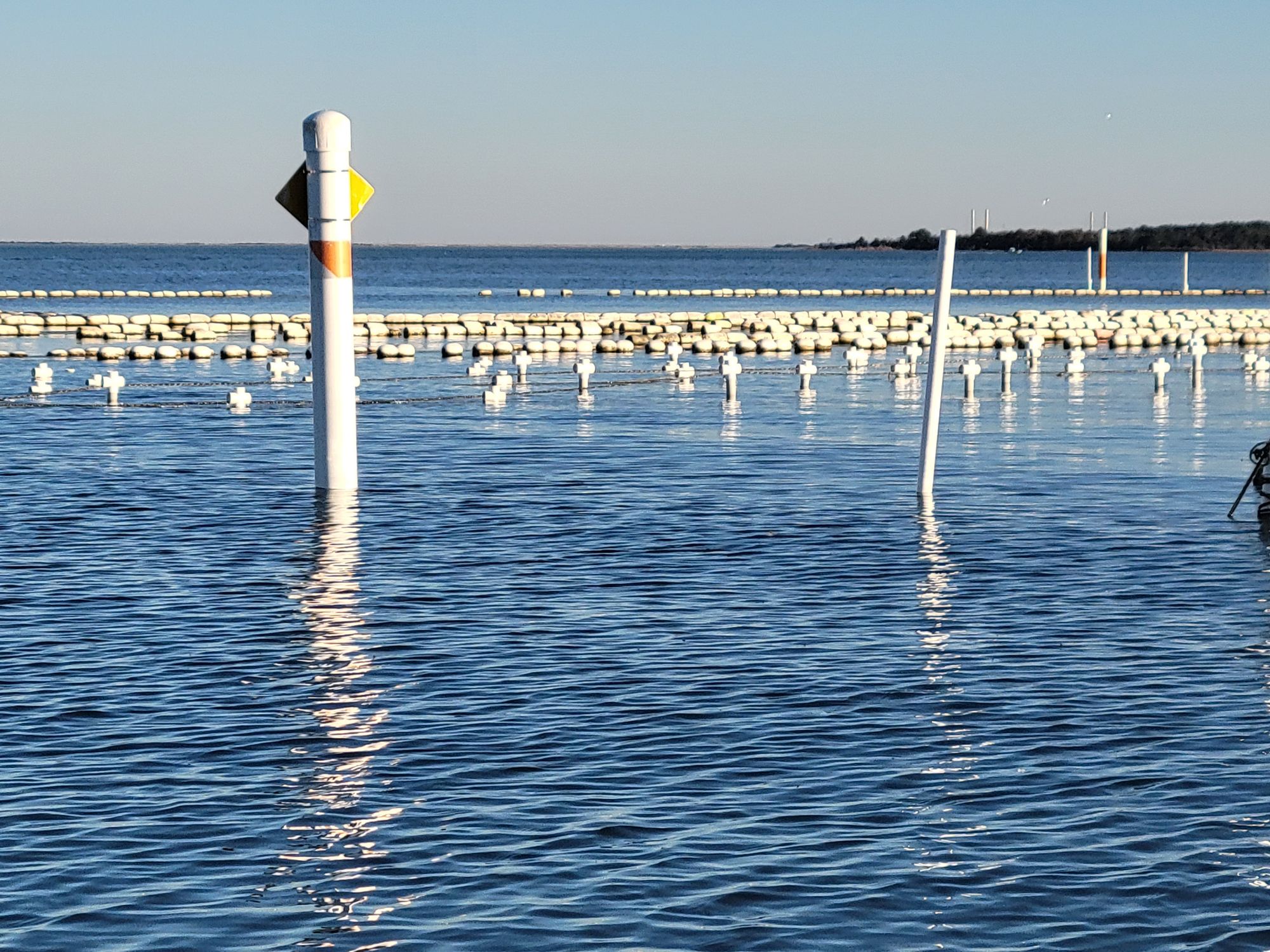
Why do oysters need saving?
Delaware’s coastal areas once boasted thriving oyster populations.
They also boasted a thriving oyster industry that enthusiastically and efficiently pulled those oysters from the water.
“It really was an important social and cultural fabric to Delaware Bay proper,” Hale said, similar to the waterman culture of the Chesapeake.
“Prior to 1930, we were pulling out between 1 and 2.4 million bushels per year out of Delaware Bay,” he said. Towns around the bay in both New Jersey and Delaware were built on the oyster trade, as reflected in place names like Bivalve, New Jersey.
Now, the industry harvests 20,000 bushels or less a year, he said.
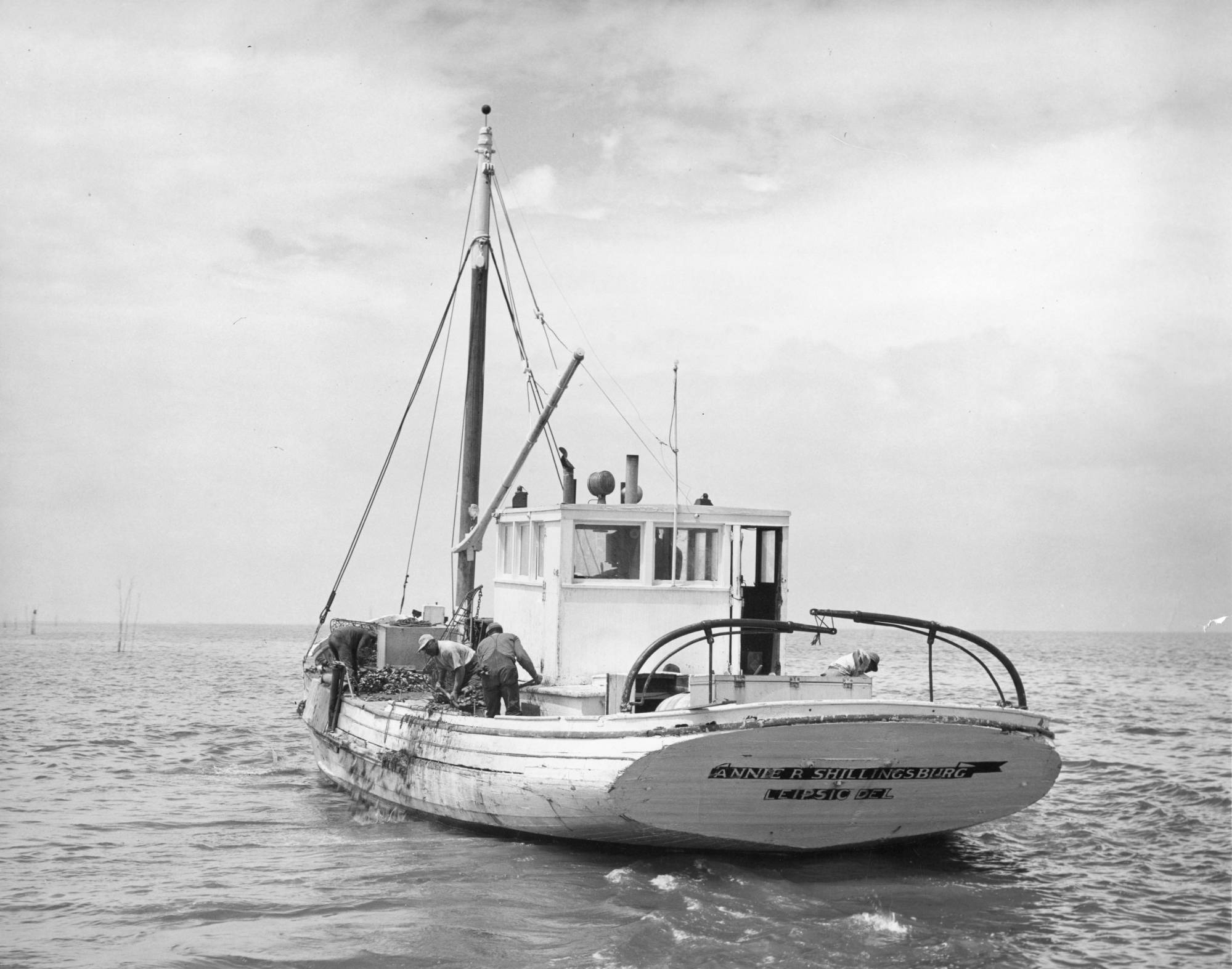
And while some oysters do exist in the inland bays, most of them are gone, according to Fagan.
The collapse of the oyster population is not just a simple calculation of oysters not producing babies fast enough to replace the millions of bushels taken out.
To make oyster reefs, generations of oysters grow on their ancestors’ shells and gradually pile up, Casey said. That pile of shells is vital to the health of the generations that come.
And they don’t just use dead shell. Baby oysters attach to other living oysters and grow on them in clusters, too, Casey said. So when you harvest an oyster, you take out habitat for future generations at the same time.
He compared it to a tree – when you cut the bottom of a tree off, the top can’t live. And with harvesting oysters, “when you took the bottom of the tree away, the tops couldn't grow anymore.”
It wasn’t just harvesting though. Like in the Chesapeake, oysters here got hit with diseases called dermo and MSX that decimated the populations. MSX was actually discovered in the Delaware Bay, Hale said, and disease outbreaks hit in the mid- to late 1900s.
Also, human activity around the bay like industry and farming sent pollutants and lots of nutrients into the water, resulting in worse water quality and algae that created dead zones. While oysters do clean up water, they aren’t magical and they can be hurt by bad water conditions.
“There’s only so many areas in the bays that have water quality that can sustain oysters,” Fagan said.
Sediment in the water can bury oysters, which can’t move out of the way, according to Andrew McGowan, manager of estuary science for the Center for the Inland Bays. And poor water conditions can force oysters to close their shells and wait for better water.
“Sometimes (and quite often in our tributaries) those poor conditions may last for six or more hours, which limits the time the oyster can feed, and negatively impacts its energy reserves and survival,” McGowan wrote in an email.
The restoration
One way the Center for the Inland Bays is trying to turn things around is by promoting “oyster gardening” from private docks along the waterways, where homeowners maintain cages growing oysters. That program has about 70 active participants now and in addition to growing oysters it helps people understand their importance. They can see the fish, crabs and shrimp living in the oyster cage, Fagan said.
“It’s really kind of a firsthand experience of how beneficial these oysters are, not just for the water filtration but for other organisms.”
The center also tries to save the valuable oyster shells from landfills. When diners have eaten the juicy bit, the leftover shells are waste for the restaurant, but the center is building a program called “Don’t Chuck Your Shucks” to reuse that shell for oyster reefs.
Only a fraction of the restaurants in Delaware, 24, are participating so far, so there’s plenty of room to grow. But the program collects at least 6,000 bushels of shells every year, Fagan said in a followup email. She said the center’s staff and funding resources limit how big it can grow the program at this point.
In addition to those efforts, the aquaculture business and ramping up oyster production at a hatchery, Hale has a vision for a bigger research collaboration at the Lewes campus.
Hale and other researchers, including from Delaware State University, are already working together at the site and hope to do more. He said they have an idea for what they’re calling a “fisheries and aquaculture innovation center,” which would let them do more research about the bay and about aquaculture for other species, like sea lettuce and even algae for commercial use like biofuel. Right now, they don’t have space for that kind of research.
They’re in the early planning stages, Hale said, but are getting a lot of support from both DSU and UD.
“It’s a big undertaking, but we’re moving forward,” Hale said.
More stories:
